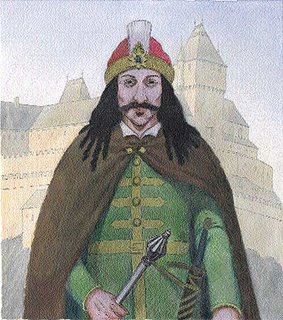However most known for its invention of the engine of heat pressure-put at fire which bears its name, diesel of Rudolf were also a well-respected thermal engineer and a social theorist. The inventions of the diesel of Rudolf have three joint points: They are connected to the transfer of heat by physical processes or laws normal; they imply the definitely creative mechanical design; and they at the beginning were justified by the concept of the inventor of the sociological needs. The diesel of Rudolf in the beginning designed the diesel engine to allow the craftsmen and the independent craftsmen to compete with the large-scale industry.

In Augsburg, on August 10, 1893, the principal model of the diesel of Rudolf, iron a simple cylinder of 10 feet with a wheel at its base, functioned on its own power for the first time. The diesel of Rudolf spent two years additional bringing of the improvements and in 1896 another model with the theoretical effectiveness of 75 percent showed, contrary to the ten percent of effectiveness of the vapor engine. From here 1898, the diesel of Rudolf was a millionaire. Its engines were used to actuate drains, electric and sprinkle factories, cars and trucks, and marine trade, and shortly after were used in the mines, the reservoirs oil, the factories, and transoceanic forwarding.

